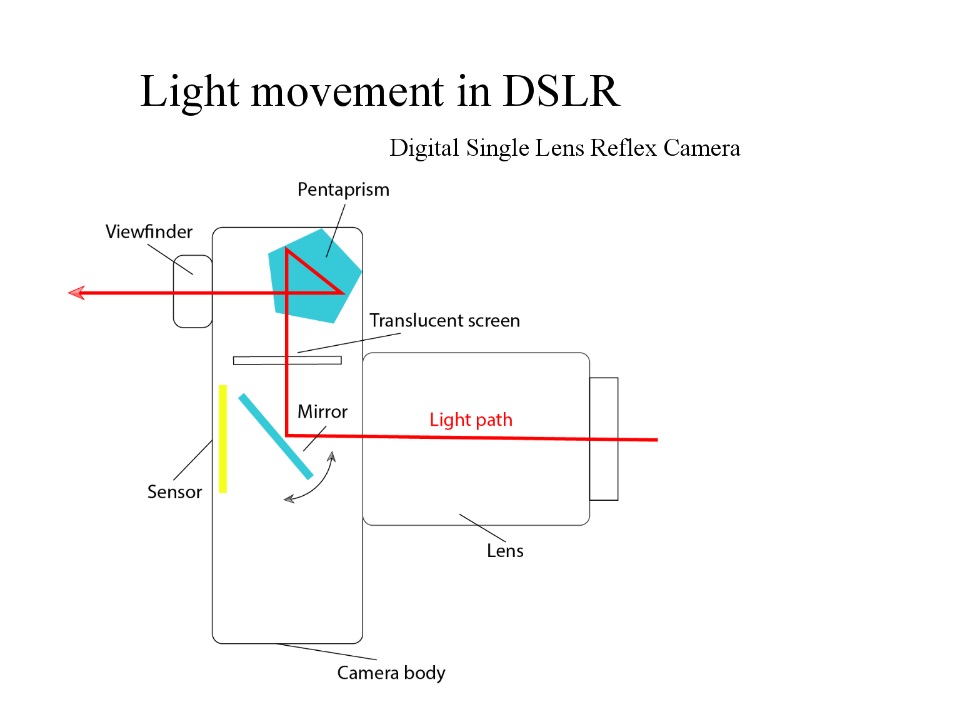Photography may be referred to as “painting with light”. This is why every photographer should have a basic knowledge about the settings and concepts in photography that are related to capturing the light correctly.
Exposure refers to the amount of light that is captured to the film or sensor in digital cameras. There are three basic variants that the photographer controls when aiming for a correct exposure.

Aperture
 Aperture determines how large the surface area is that admits light to the cell. The aperture affects not only the exposure of the photograph, but also has an inverse effect on its depth of field. The larger the aperture is, the narrower the depth of field is.
Aperture determines how large the surface area is that admits light to the cell. The aperture affects not only the exposure of the photograph, but also has an inverse effect on its depth of field. The larger the aperture is, the narrower the depth of field is.
There are three simple rules about the aperture:
- The smaller the F-value, the bigger the size of the
aperture. - The bigger the size of the aperture, the more light in the picture.
- The bigger the size of the apperture, the smaller the are of sharpness or
depth of field.
Shutter speed
Determines the length of the cell’s exposure. On slower shutter speeds it is important to know that the image can be shaken easily if the photographer does not use a tripod.
It is expressed in 1/second For example: 1/1000 s, 1/500 s,
1/250 s, 1/125 s, 1/60 s, 1/4 s.
The longer the shutter speed, the longer the exposure: there is more light and the movement is documented. As a basic rule: always when the shutter speed is longer than 1/60 s. there is a danger of shacky pictures!
On the other hand, the shorter the shutter speed, the shorter the exposure. There is less light and the image stops movement. Short exposures are good for for example sports photographs.
ISO sensitivity
A numerical value that represents the film speed, or the film’s or the camera sensor’s sensitivity to light. A digital camera’s sensor sensitivity is determined by the ISO number, which can be for example 100, 200, 400, 800 or 1600.
The basic rule is that the lower the ISO value, the less sensitive the sensor is to light. Thus the darker it is, the larger the ISO number needs to be. By doubling the ISO value, a photographer can halve the needed shutter speed or aperture.
The ISO value also affects the quality of the picture. The higher the ISO, the weaker the picture quality.
White balance and colors
Most photography today is colour photography. Nevertheless, black-andwhite
photography retains its popularity, especially in portrait photography, as it gives more room for the object’s values, textures and topography.
White balance is a setting used in colour photography, with which the white color in the image is technically defined. White should look white also in the photograph, and not yellow or bluish, for example.
The human eye adjusts to the color of different light sources better than a camera. By adjusting white balance, a natural end result is sought: that colors in the image look approximately the same as with the naked eye.
A RAW image
A raw image is a lossless file format of the digital camera. Raw images are digital camera versions of the film negative.
The image is saved as it is, without packaging or color correction. The information on the adjustments that the photograph was taken with is saved with the image. The adjustments, including the exposure, can be undone and re-modified with image processing software.
The file size of a RAW image is large, and it always requires post-processing.
Keep Reading:
How far can your camera see? Composition of a photograph
Go back to the beginning of this section.
This article was updated on January 10th 2020.





